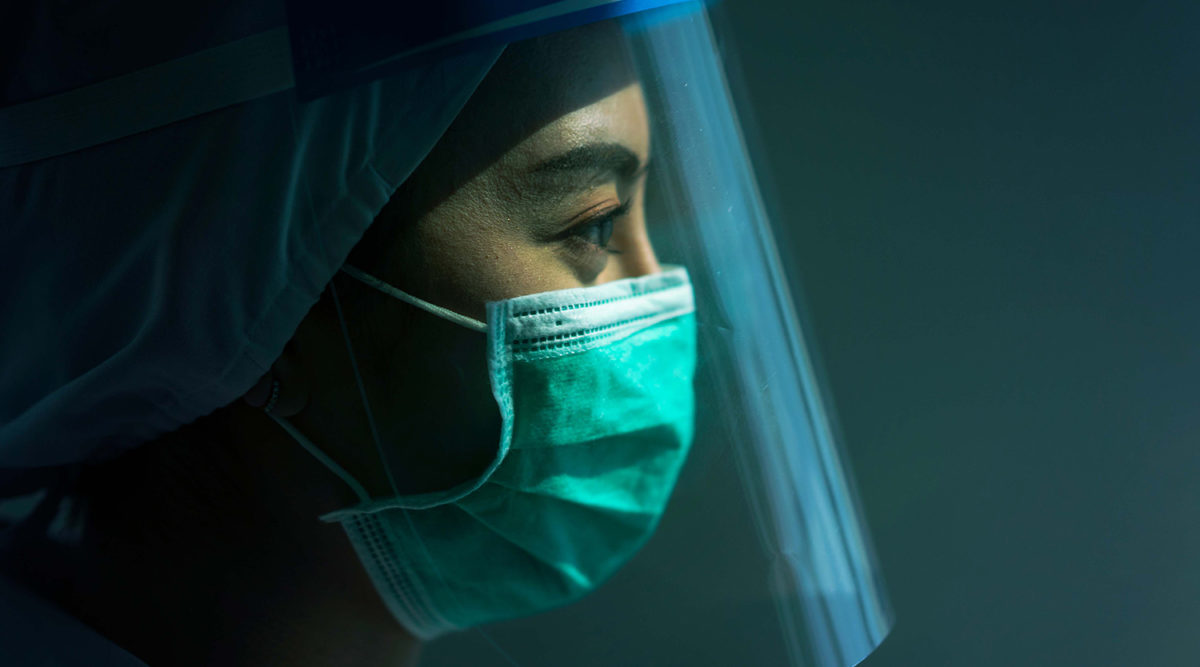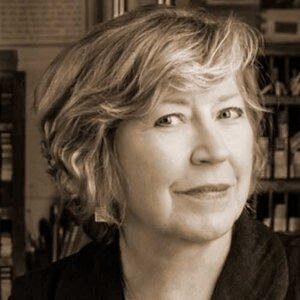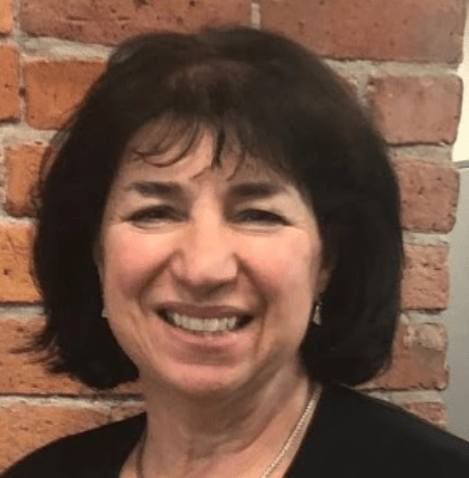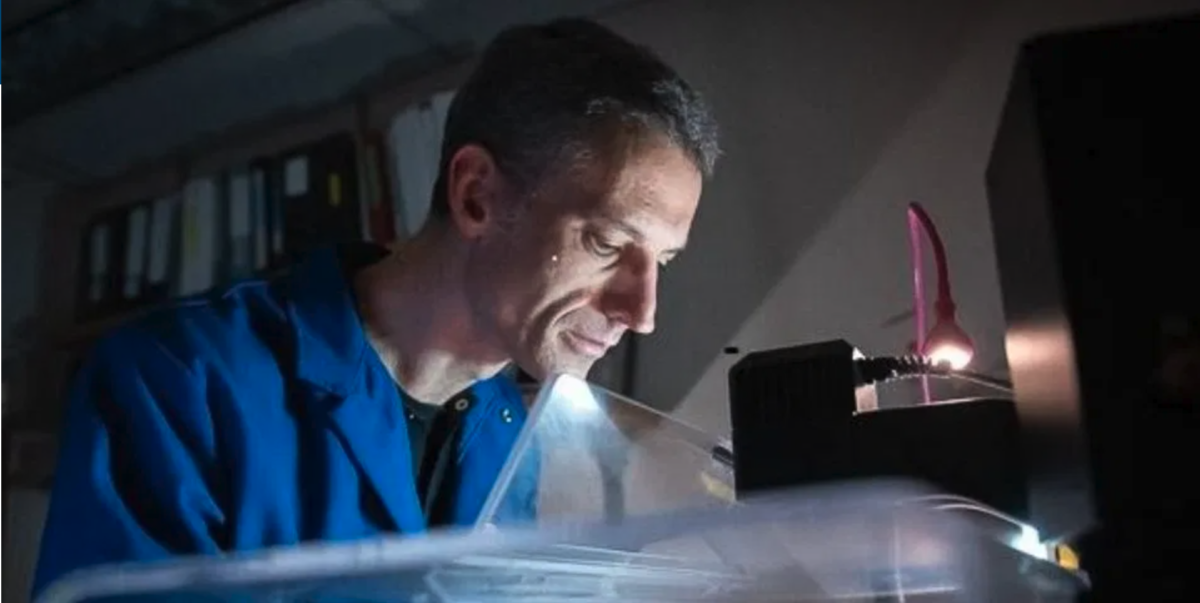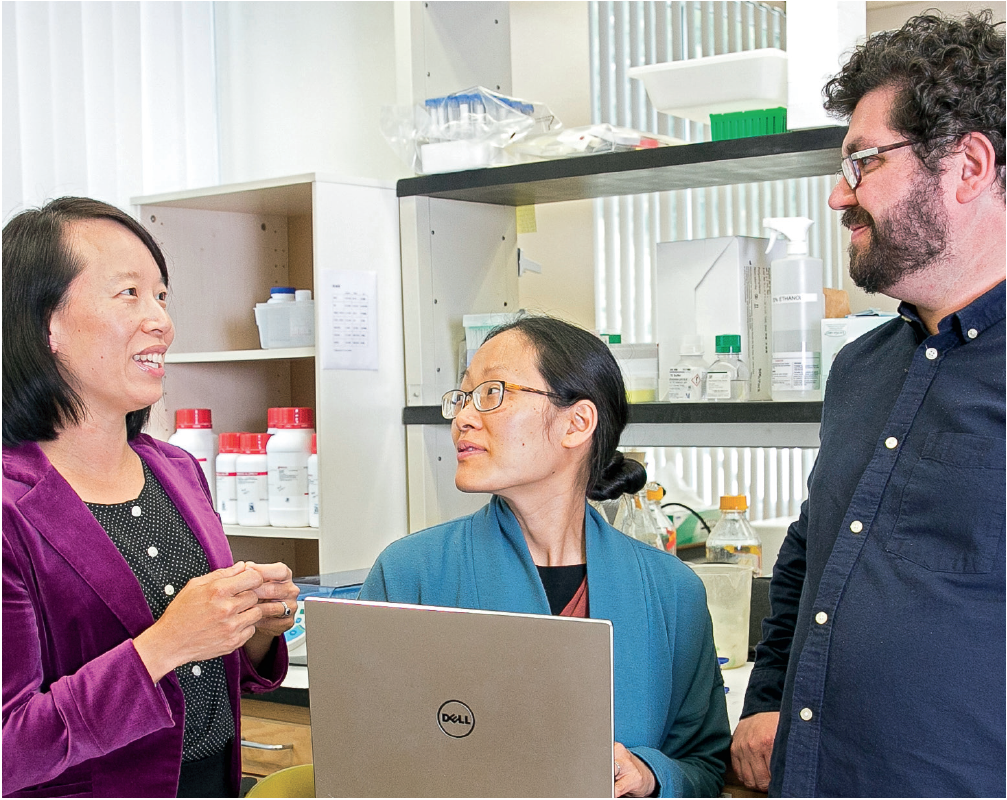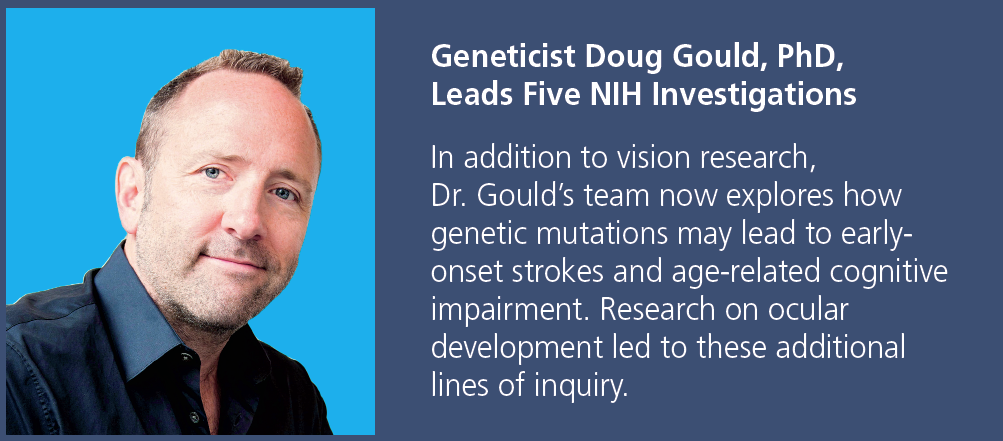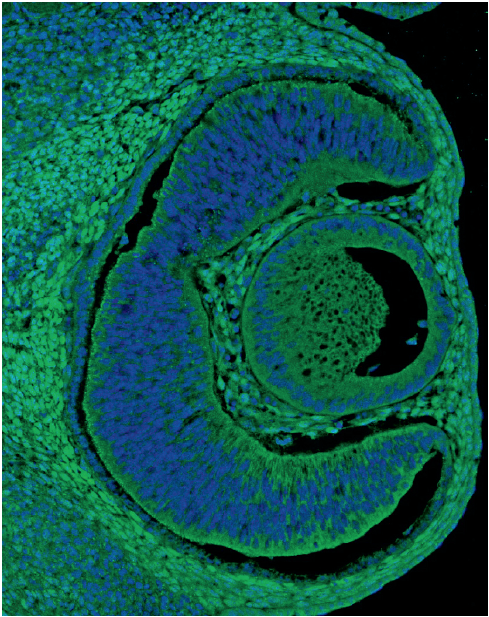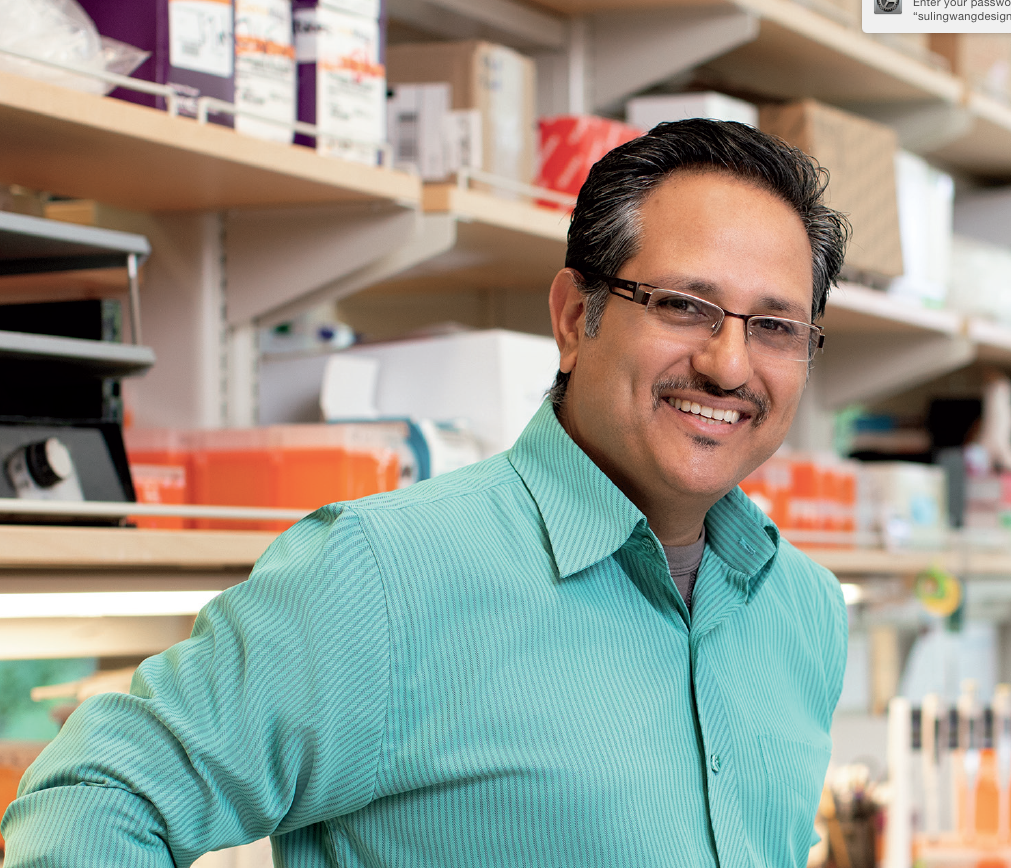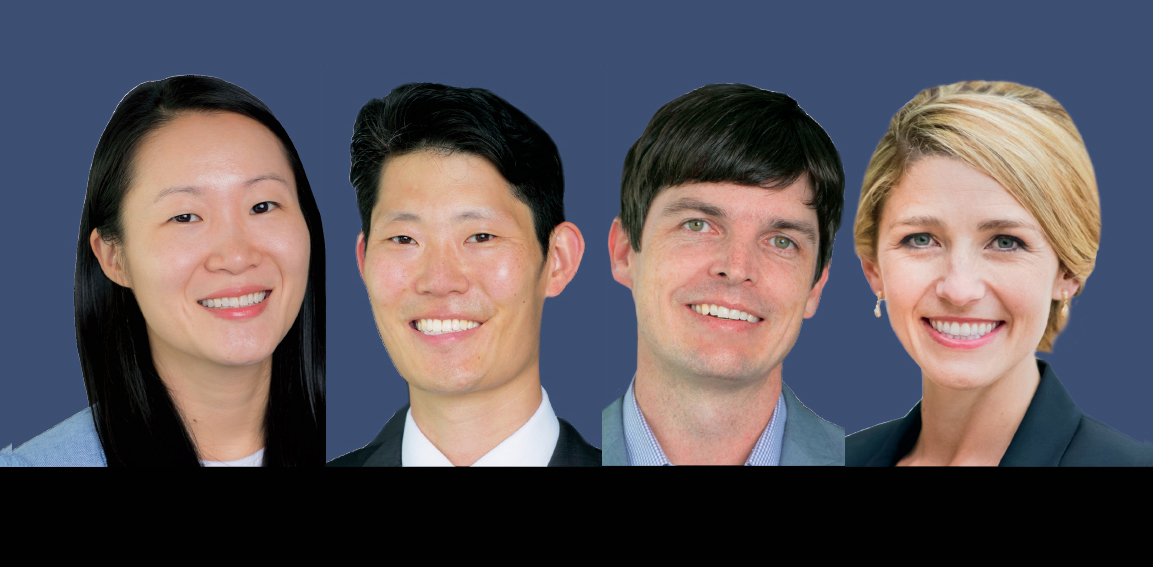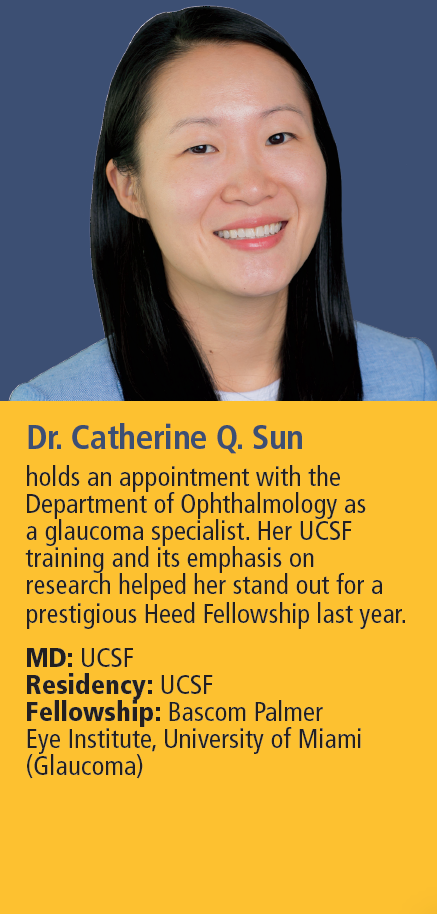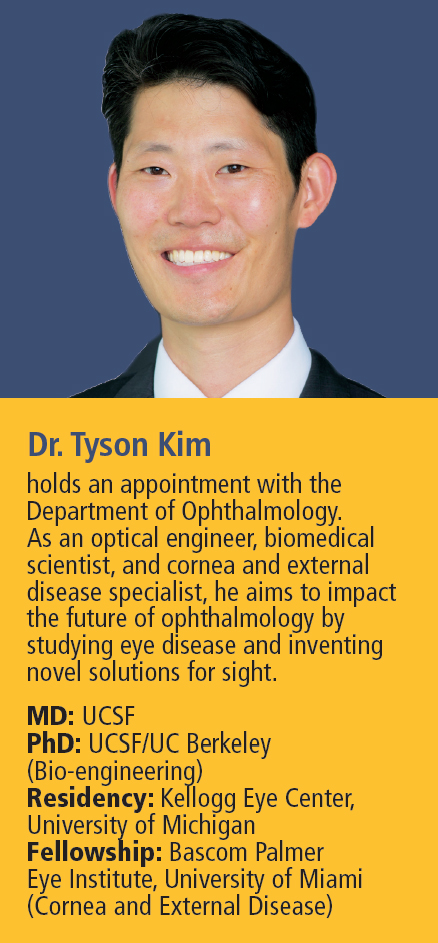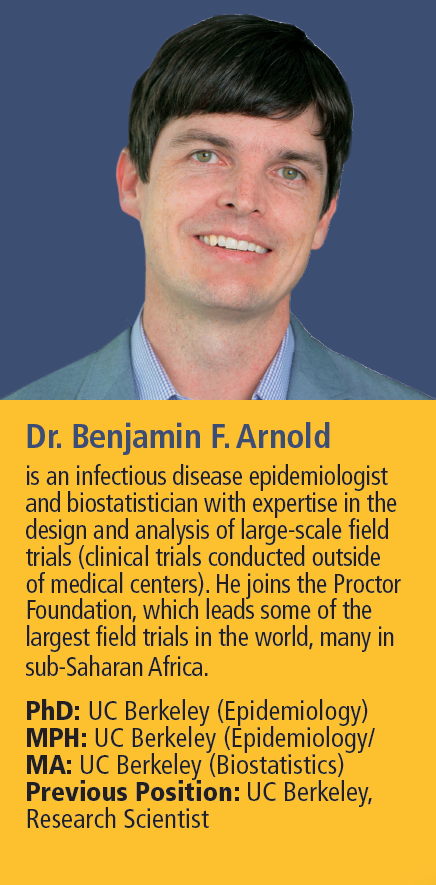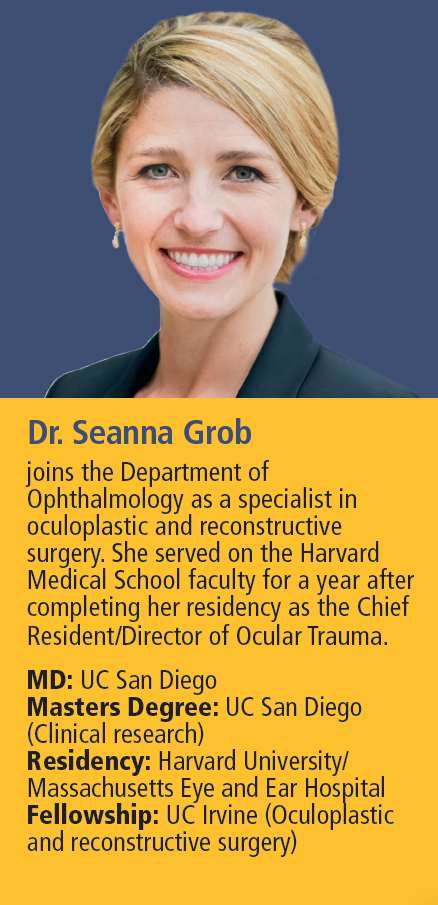
Underfunded health clinics, lack of running water, and other public health deficits leave millions of people in sub-Saharan Africa vulnerable to COVID-19. In response, the Proctor Foundation is leveraging two clinical trials underway in Burkina Faso to look for early signs of COVID-19 outbreaks. Led by Catie Oldenburg, MPH, ScD, the trials examine the impact of azithromycin on child mortality and involve 50,000 infants and young children.
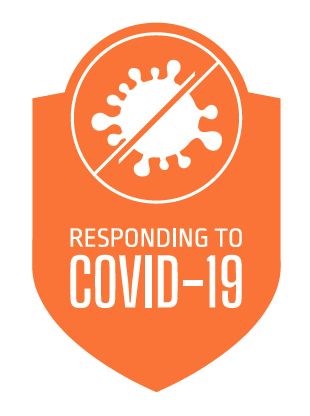
Health workers are now tracking COVID-19 symptoms and influenza-like illnesses in participating clinics. This “syndromic surveillance” method was used to detect an increase in influenza-like illness in New York prior to the first major rise in COVID-19 cases, at a time when the number of lab-confirmed flu cases was declining. With this “early warning system,” the Proctor Foundation aims to empower local governments and health organizations to respond as quickly as possible to stem the spread of the virus.


